ADAS contains many different technologies, such as: ACC adaptive cruise, AEB automatic emergency Braking, TSR/TSI traffic sign recognition, BSD/BLIS Blind spot detection, LCA/LCMA Lane change assistance, LDW Lane departure advance warning. Let's read it in detail.
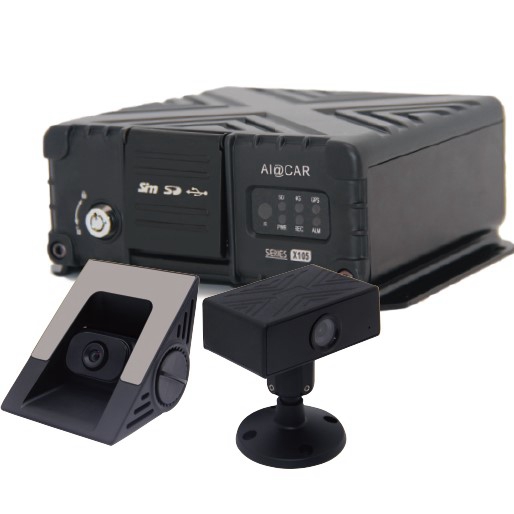
The system consists of Cameras, sensors and controllers. The principle is to use a camera on the side of the car body or rearview mirror to sample the marking line of the current driving lane, and then obtain the current car position in the lane through image processing. The controller will send out a warning signal when the car veers out of the lane. From sensing to issuing a warning, the process only takes about 0.5 seconds to remind and wake up the driver in real time to avoid accidents.
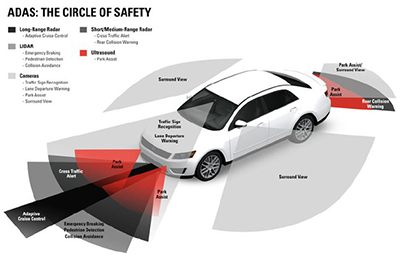
A car driver's blind spot is an area that is invisible to the left, right and inside of the rearview mirror. I'm sure many drivers are impressed by blind spots. This is one of many accidents. Blind spot detection systems use radar and sensors to detect blind spots behind the vehicle. When the blind spot detects an approaching vehicle, it will warn the driver to help minimize the possibility of an accident.
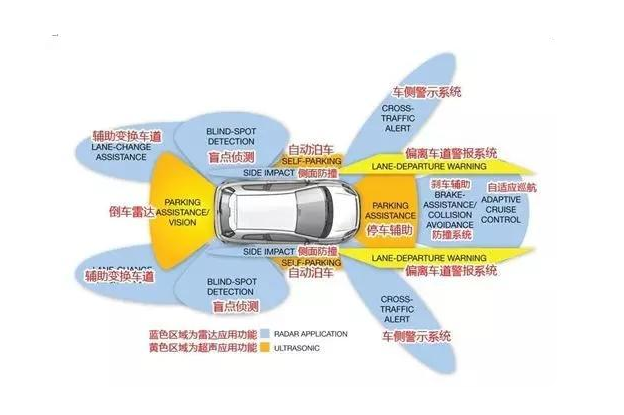
ACC adaptive cruise system mainly uses the distance sensor installed in front of the vehicle to continuously scan the road in front of the vehicle to understand the speed and relative distance of the vehicle in front. It will automatically detect the speed of the vehicle as it travels and adjust its speed accordingly to maintain a safe distance from the vehicle in front of it to reduce the likelihood of a collision.
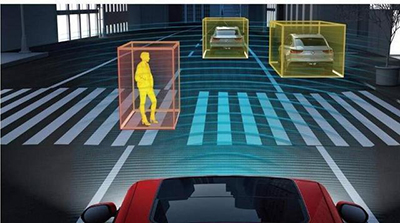
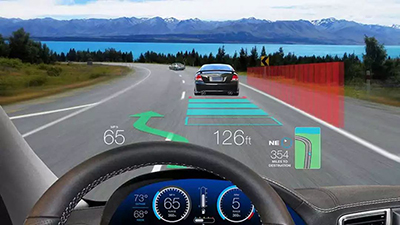
Contact: Nick Huang
Phone: +86 13265680731/18998078488
Tel: +86-769-81001848
Email: [email protected] or [email protected]
Whatsapp:+8613265680731
Add: 901,148th Hongye North Road, Tangxia, Dongguan City, Guangdong Province, China